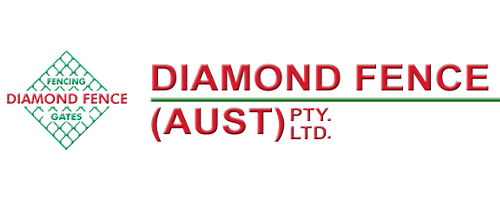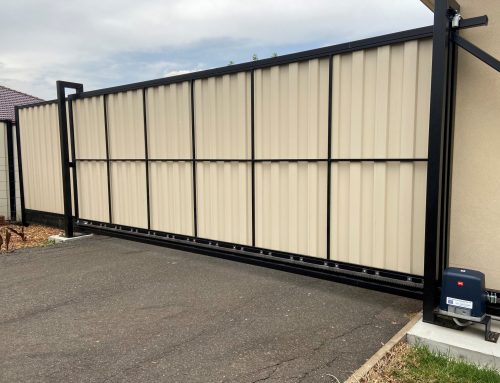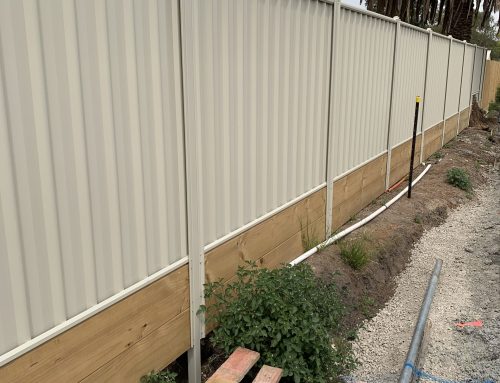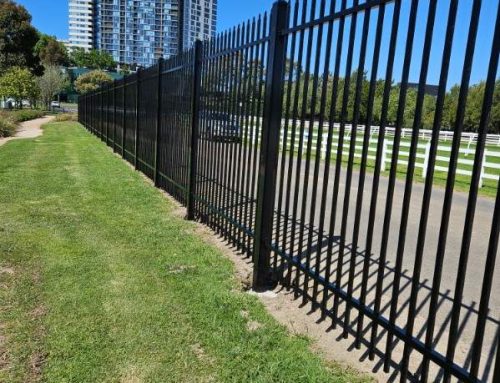Galvanized Fencing In Melbourne By Diamond Fence
Today’s topic is galvanizing, or as some people know it – galvanising, and using galvanized fencing in Melbourne. Regardless of the way you spell it, it’s a way to make your steel fence last much, much longer. Seems like an appropriate topic with a chilly and rainy weather like we’re having.
We have touched upon it briefly, but since we, as Melbourne’s fencing experts, feel that we should dedicate a whole blog post solely on this type of steel fence protection, then galvanizing it is.
So what is it exactly? It is a widely used method to protect your metal fence from corrosion. But how does it exactly work? Without letting you get a feeling that you are back in your high school chemistry class, we will try to explain it in a more understandable way, so everyone can get an easy A in this class.
Galvanizing fences is basically applying a thin coating of zinc to a thicker metal fence or a gate base. This thin zinc coating shields your fence from a surrounding environment. For example galvanized wire fences, or galvanised chain link fences in other words, are a very popular fencing solutions at Diamond Fence. Galvanized fences and gates usually have a silver colour to them, which is actually the zinc coating that gives them that kind of looks.
To answer the question why to use galvanized fencing instead of a regular, non-galvanized, you should understand what is corrosion. Metal corrosion is a natural process which converts a refined metal to more chemically-stable form. It’s the gradual destruction of the metal by chemical and/or electrochemical reaction with their environment. For example rusting is a good example of electrochemical corrosion.
So of course if you know that there is a way to stop your metal fence from corrosion, whether it’s your chain link fence or any other type of metal fence that can be galvanized, you would do it. Right?
Why is zinc that special chosen one used in galvanizing? Well, here we cannot ignore a little bit of science. Don’t worry, it’s not complicated. We will just fill up your knowledge baggage a bit. Shall we?
Let’s start with a galvanic cell. This is basically an electrochemical cell that derives electrical energy from spontaneous redox reaction (chemical reaction in whitch the oxidation states of atoms are changed) taking place within the cell.
Okay, now we know what galvanic cell is. There are two primary types of galvanic cells that cause corrosion. A bi-metallic couple and the concentration cell. A concentration cell consists of an anode and cathode of the same metal and a return path.
For corrosion to happen in the galvanic cell, there has to be four elements.
1. Anode – The electrode where galvanic reactions generate electrons. Negative ions are discharged and positive ions are formed. Corrosion occurs at the anode.
2. Cathode – The electrode that receives the electrons. Opposite to the anode, here positive ions are discharged and negative ions formed. Cathode is protected from the corrosion.
3. Electrolyte – It’s the conductor through what conductor is carried (include aqueous solutions or other liquids).
4. Return current path – The metallic pathway connecting the anode to the cathode (often the underlying metal substrate).
Some pictures can say a thousand words. So for a better understanding of that complicated text above, take a look a the picture below and hopefully will make you get the point a bit better.
This takes us to the galvanic corrosion. In other words it’s an electrochemical process in which one metal corrodes preferentially when it is in electrical contact with another, in the presence of an electrolyte.
Huh, the hardest part is over. Now we will try to explain why is zinc used in galvanizing. So depending from the atomic structure of the two metals, one metal is the anode and the other one the cathode. And that is the reason why zinc is used. In galvanized coating zinc acts as an anode when in contact with many different types of metals. So since zinc coating in contact with the base metal is usually the anode, it slows down the corrosion of the base metal that is usually the cathode.
Ohh, we are almost there! Keep up. I know that this post is stretching your brain in the ways you have not stretched it in ages, but doesn’t it feel good to get a little bit smarter?
So when it comes to Diamond Fence chain wire fencing in Melbourne, then you just have to know that galvanized coating is where zinc acts as anode and our chain link fence as cathode. And together it’s the perfect combination to have the strong and a long lasting security fence, sports fence or for whatever reasons you would need the chain wire fencing.
But be careful because if you scratch this silver zinc coating on your metal fence deep enough, then your fence can be exposed to the risk of the corrosion.
Hope you enjoyed this article. And if you have any questions regarding galvanized fencing in the Melbourne area, contact us today!
Call us on (03) 9753 4566 , shoot us an email on info@diamondfence.com.au , or just get a FREE online quote.








